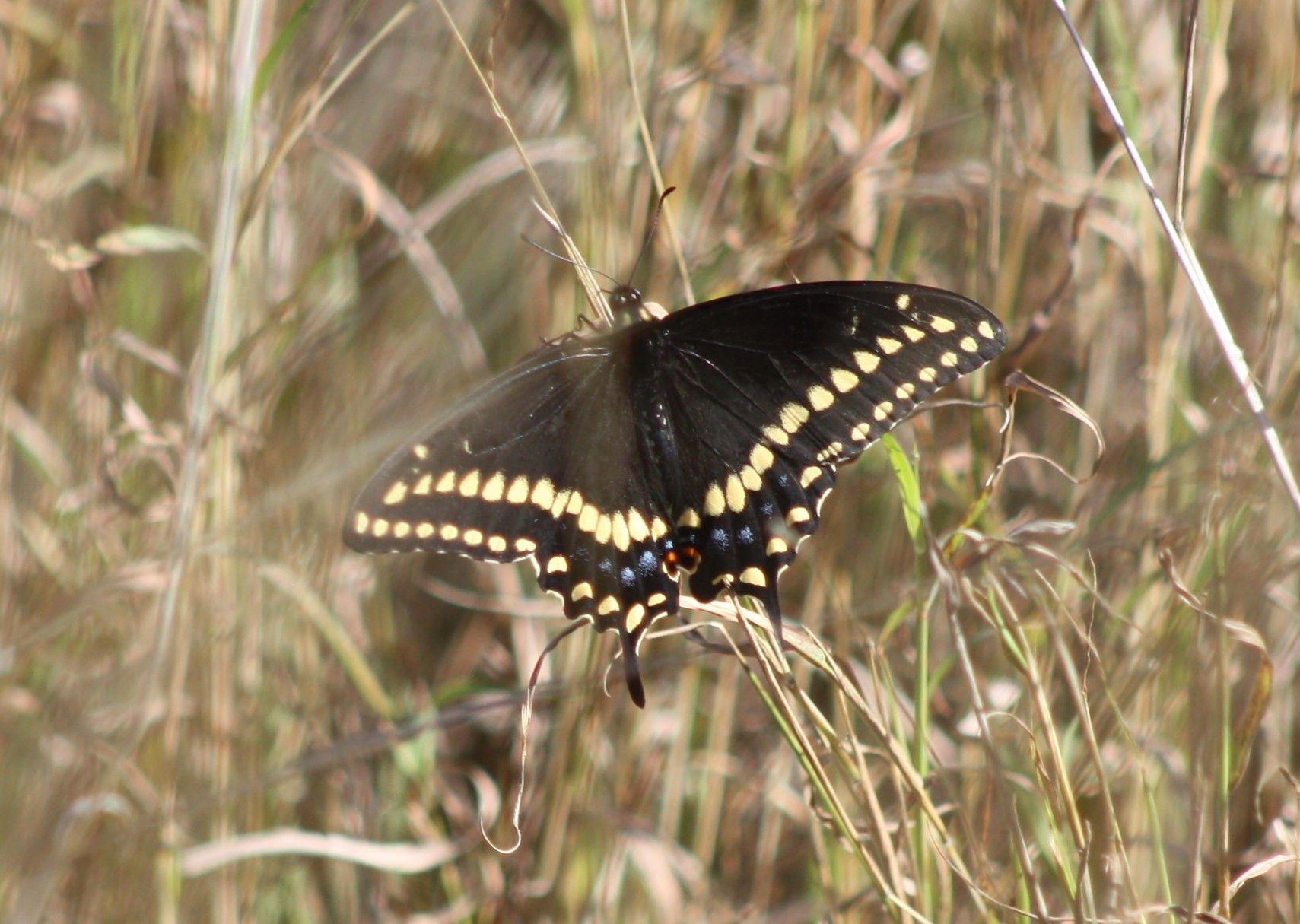
Progress at the National Butterfly Center
As first published in American Butterflies, Spring 2014
By Marianna Trevino Wright, Executive Director, National Butterfly Center
Growing up in the Rio Grande Valley, my childhood days involved catching Texas Horned Toads, digging up creatures that looked like Naked Mole Rats, and chasing Indigo snakes off the patio with my grandfather. Occasionally, we'd catch a turtle in the canal, and keep it for a week or two; or find an owl in the barn. Once there was even a rattlesnake curled up under my bedside table.
Flocks of green parrots, angry Mockingbirds, and families of armadillos inhabited our twelve acres on the outskirts of McAllen. Here we kept a few horses and cattle, along with my mother's pet donkey, Frankie, and the pig she gave my dad for Father's Day. At the ranch, there were coyotes, deer and javelina; all of which my brothers dressed in the yard. It was a wild and magical way to grow up—full of close encounters—where my natural curiosity was rarely the subject of parental supervision.

Arbor Day Celebration and Community Tree Planting
(Mission, TX) – You're invited to come plant a tree at the National Butterfly Center, in honor of Arbor Day, Friday, April 25th.
“Everyone is welcome to join us from 11:30am – 1:00pm, at the National Butterfly Center in Mission, Texas,” states Marianna Trevino-Wright, executive director. “We’re planting 100 trees to commemorate Arbor Day and celebrate the groundbreaking of our next phase of development; so bring your friends, co-workers or family members to participate and picnic under the palapa—and don’t forget your shovel!”
April 25th marks the 142nd anniversary of this national holiday to promote environmental conservation and community beautification. These two goals are shared by the National Butterfly Center, which was recently named one of the Top Gardens in Texas by the San Antonio Express-News. Regular admission fees will apply for this special event: however, there is no charge for the brisket lunch, generously donated by National Butterfly Center members. The native trees for this community planting will be provided by the nonprofit organization to form an extension of the existing Hackberry Trail and provide additional breeding and feeding areas for butterflies, birds and wildlife of South Texas.
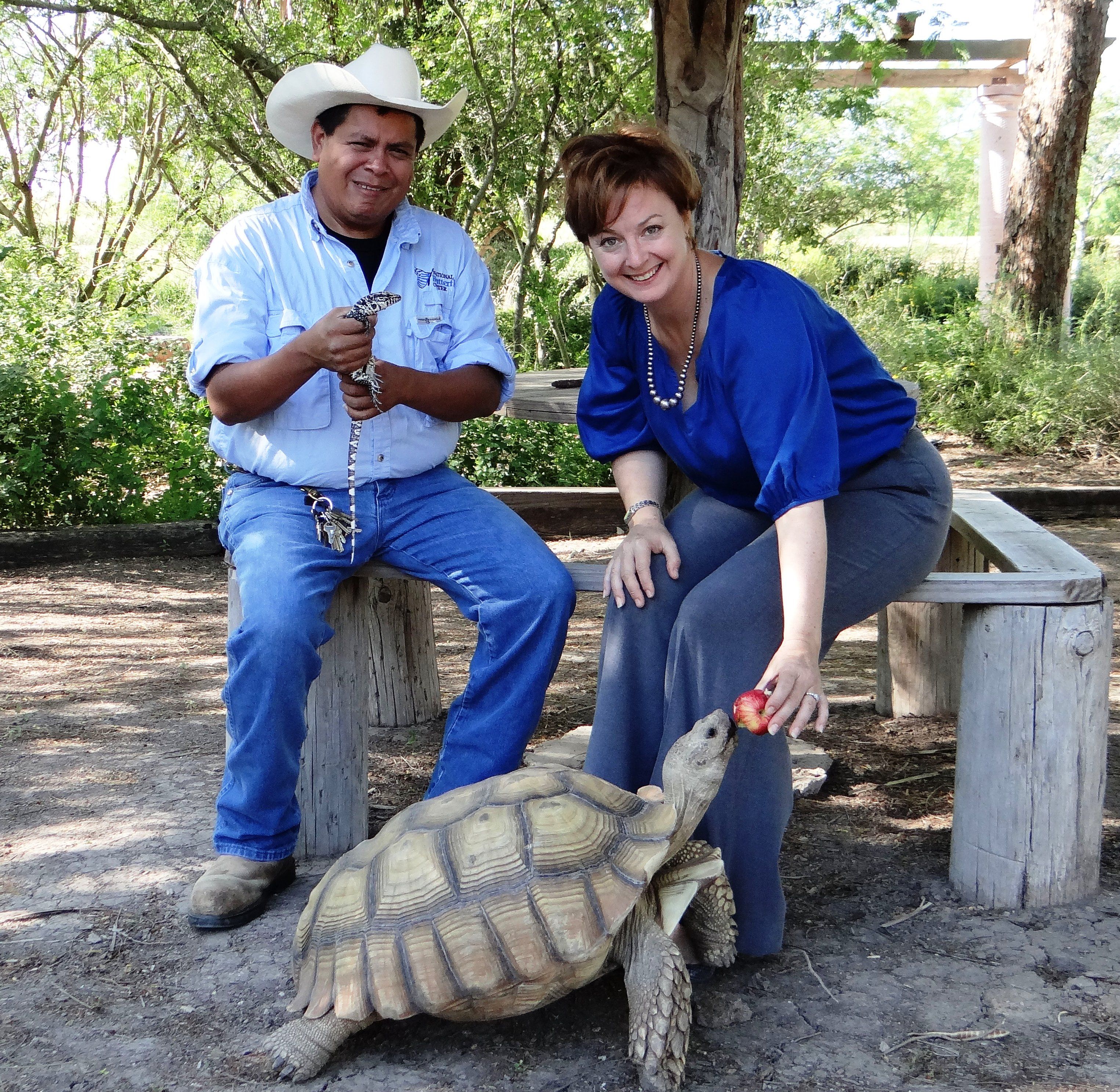
Meet the Creatures at our 2nd Annual Earth Day Celebration
(Mission, TX) Meet the creatures that make South Texas so colorful and wonderful at the National Butterfly Center's FREE Earth Day celebration, Saturday, April 19, from 10 AM – 2 PM.
"We are delighted to present ‘Meet the Creatures’, again, this year,” states Marianna Trevino-Wright, Executive Director. “It’s important for people to understand the difference between animals that belong here, and animals that don’t, so we use Earth Day as special opportunity to give children and families up close and personal experiences with all kinds of wildlife. Some species, like the Texas Brown Tarantula, are native to the Rio Grande Valley and linked to a balanced ecosystem; while other species, like the Ball Python, are non-native and potentially destructive. We want people to appreciate both, but discourage support of the exotic pet trade and the introduction of non-natives to the landscape.”
Several non-native species have come to reside permanently at the National Butterfly Center, where they now play a leading role in environmental education programs. One of these creatures, named Styx, hails from Argentina and has the potential to grow to over 4 feet in length. Surrendered by his owners due to a move, this Tegu Lizard is considered a voracious eater and an invasive species that reproduces rapidly in the wild. Another NBC resident, Spike, is a 100 lb. African Spurred Tortoise, who was actually picked up by Mission Animal Control officers after he escaped from his backyard enclosure.
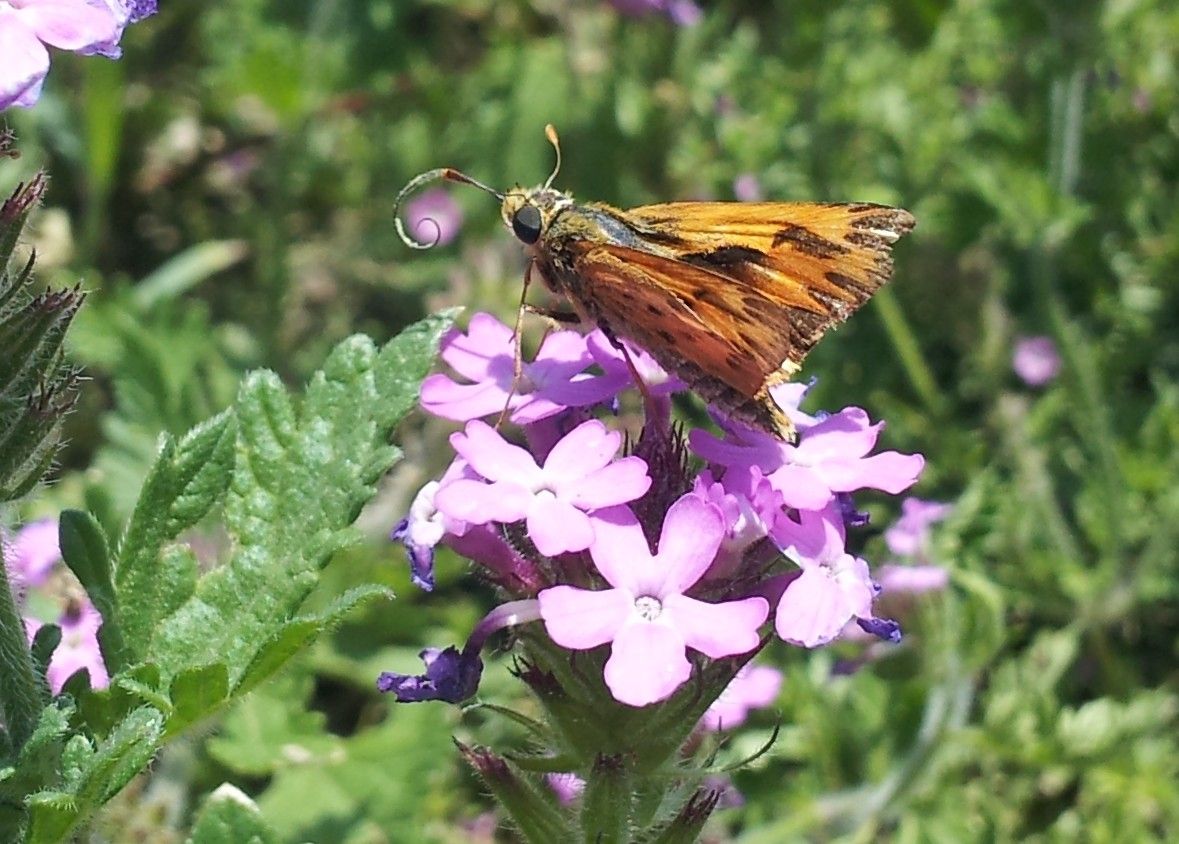
Introducing: Plant of the Month, January
(Mission, TX) – The National Butterfly Center is on a mission to roll back your lawn! Maintaining that lush, green St. Augustine carpet consumes thousands of gallons of water each year—water and money you could be saving. Why not start saving by carving out a corner of your yard for colorful native plants that will attract butterflies, enhance your landscape, and decrease the amount of time and money you spend on lawn care and maintenance?
“To help Rio Grande Valley residents get started with this roll back, we're introducing our Plant of the Month series,” states Max Munoz, grounds manager of the National Butterfly Center. “We know plants are a mystery to many people, and the idea of gardening can be intimidating, but it doesn't have to be. Native plants are an easy introduction to gardening and the best way for beginners to get growing, because they are typically hearty and require little attention. So, even if you may not have a 'green thumb', you have a good chance of succeeding with plant species that are designed to thrive here, regardless.
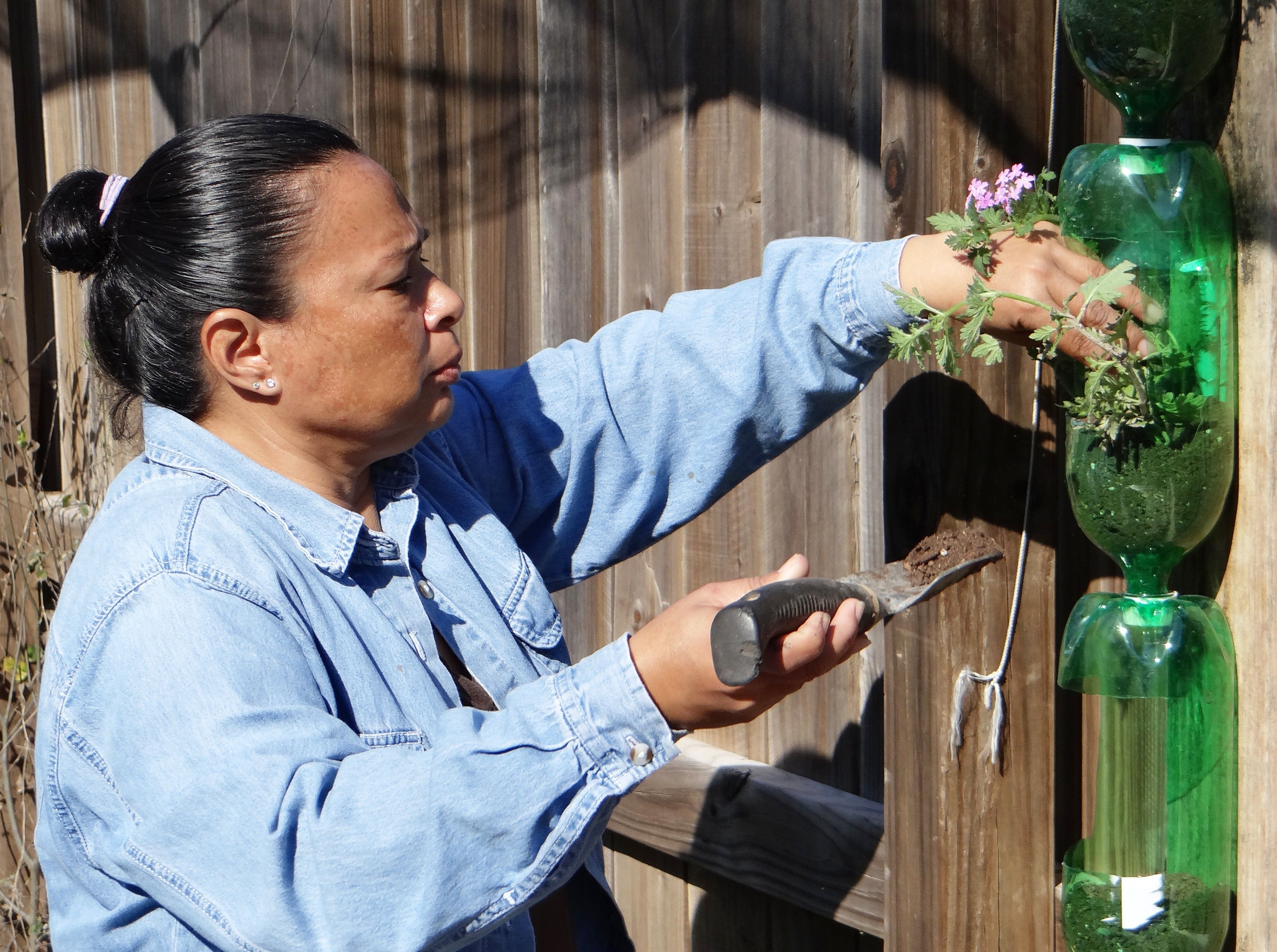
We're Growing UP!
(Mission, TX) – This year, the National Butterfly Center has resolved to use less water. It may not be sexy, but it sure is important in a land where drought and resource conservation are common themes. As part of this effort, we will be converting our traditional, flat-growing Nursery to a more efficient vertical one—and gaining room to grow more in the process!
“For a few years, now, we’ve been struggling with space issues in our native plant nursery,” explains Marianna Trevino Wright, executive director of the National Butterfly Center. “We desperately needed to expand, to increase our production capacity, but could not afford to expand the nursery in its current form. Elevated beds that protect plants from pests, prevent rooting, and allow for proper drainage can be expensive to build and they leave a large footprint; so, we found ourselves facing the same sort of problems that urban gardeners often face, where resources are limited and every square foot of growing space comes at a premium. This realization led us to an “urban” solution.”Vertical growing systems are just what they’re called: vertical; instead of growing plants in horizontal rows, one grows in columns that may reach the sky. Growing plants in this manner uses 1/10th the water of a traditional system, as drip irrigation literally trickles down, from one planter to another. There is no overspray, no need for saturation, no run-off and no water waste. The vertical system also keeps plants high enough to avoid slugs and snails, as well as animals that may menace a garden when no one is watching.









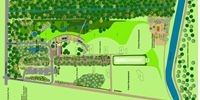
 Media
Media